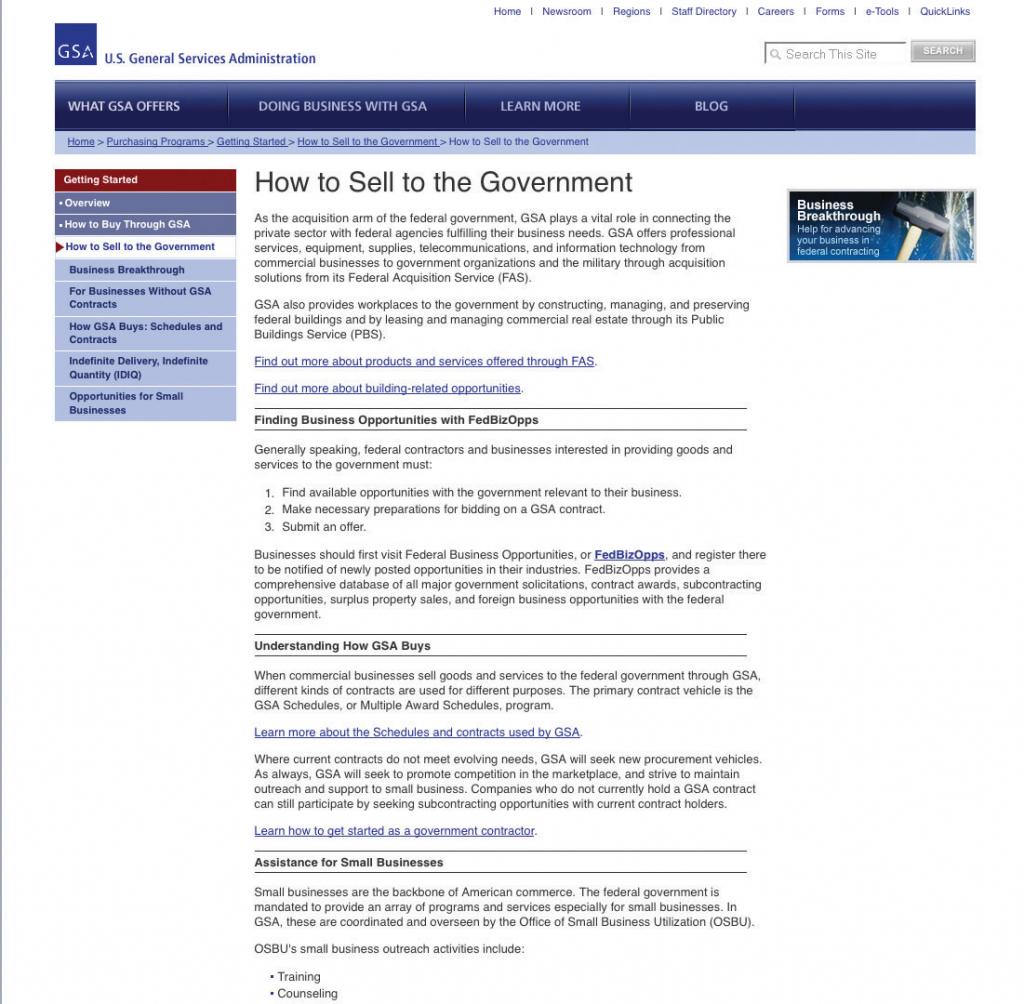4.2: Types of B2B Buyers
- Page ID
- 4988
Learning Objectives
- Describe the major categories of business buyers.
- Explain why finding decision makers in business markets is challenging for sellers.
Business buyers can be either nonprofit or for-profit businesses. To help you get a better idea of the different types of business customers in B2B markets, we’ve put them into four basic categories: producers, resellers, governments, and institutions.
Producers

Producers are companies that purchase goods and services that they transform into other products. They include both manufacturers and service providers. Procter & Gamble, General Motors, McDonald’s, Dell, and Delta Airlines are examples. So are the restaurants around your campus, your dentist, your doctor, and the local tattoo parlor. All these businesses have to buy certain products to produce the goods and services they create. General Motors needs steel and hundreds of thousands of other products to produce cars. McDonald’s needs beef and potatoes. Delta Airlines needs fuel and planes. Your dentist needs drugs such as Novocain, oral tools, and X-ray machines. Your local tattoo parlor needs special inks and needles and a bright neon sign that flashes “open” in the middle of the night.
Resellers
Resellers are companies that sell goods and services produced by other firms without materially changing them. They include wholesalers, brokers, and retailers. Walmart and Target are two big retailers you are familiar with. Large wholesalers, brokers, and retailers have a great deal of market power. If you can get them to buy your products, your sales can exponentially increase.
Every day, retailers flock to Walmart’s corporate headquarters in Bentonville, Arkansas, to try to hawk their products. But would it surprise you that not everybody wants to do business with a powerhouse like Walmart? Jim Wier, one-time CEO of the company that produces Snapper-brand mowers and snowblowers, actually took a trip to Walmart’s headquarters to stop doing business with the company. Why? Snapper products are high-end, heavy-duty products. Wier knew that Walmart had been selling his company’s products for lower and lower prices and wanted deeper and deeper discounts from Snapper. He believed Snapper products were too expensive for Walmart’s customers and always would be, unless the company started making cheaper-quality products or outsourced their manufacturing overseas, which is something he didn’t want to do.
“The whole visit to Wal-Mart’s headquarters is a great experience,” said Wier about his trip. “It’s so crowded, you have to drive around, waiting for a parking space. You have to follow someone who is leaving, walking back to their car, and get their spot. Then you go inside this building, you register for your appointment, they give you a badge, and then you wait in the pews with the rest of the peddlers, the guy with the bras draped over his shoulder.” Eventually, would-be suppliers were taken into small cubicles where they had thirty minutes to make their case (Fishman, 2007). “It’s a little like going to see the principal, really,” he said.
Governments
Can you guess the biggest purchaser of goods and services in the world? It is the U.S. government. It purchases everything you can imagine, from paper and fax machines to tanks and weapons, buildings, toilets for NASA (the National Aeronautics and Space Administration), highway construction services, and medical and security services. State and local governments buy enormous amounts of products, too. They contract with companies that provide citizens with all kinds of services from transportation to garbage collection. (So do foreign governments, provinces, and localities, of course.) Business-to-government (B2G) markets, or when companies sell to local, state, and federal governments, represent a major selling opportunity, even for smaller sellers. In fact, many government entities specify that their agencies must award a certain amount of business to small businesses, minority- and women-owned businesses, and businesses owned by disabled veterans.
There is no one central department or place in which all these products are bought and sold. Companies that want to sell to the U.S. government should first register with the Central Contractor Registry at http://www.CCR.gov. They should then consult the General Services Administration (GSA) Web site (http://www.gsa.gov). The GSA helps more than two hundred federal agencies buy a wide variety of products purchased routinely. The products can include office supplies, information technology services, repair services, vehicles, and many other products purchased by agencies on a regular basis. Consequently, it is a good starting point. However, the GSA won’t negotiate a contract for the NASA toilet or a fighter jet. It sticks to routine types of purchases.

The existence of the GSA doesn’t mean the agencies it works with don’t have any say over what is purchased for them. The agencies themselves have a big say, so B2B sellers need to contact them and aggressively market their products to them. After all, agencies don’t buy products, people do. Fortunately, every agency posts on the Internet a forecast of its budget, that is, what it is planning on spending money on in the coming months. The agencies even list the names, addresses, and e-mails of contact persons responsible for purchasing decisions. Many federal agencies are able to purchase as much as $25,000 of products at a time by simply using a government credit card. This fact makes them a good target for small businesses.
It’s not unusual for each agency or department to have its own procurement policies that must be followed. Would-be sellers are often asked to submit sealed bids that contain the details of what they are willing to provide the government and at what price. But contrary to popular belief, it’s not always the lowest bid that’s accepted. Would the United States want to send its soldiers to war in the cheapest planes and tanks, bearing the lowest-cost armor? Probably not. Like other buyers, government buyers look for the best value.
Yet selling to the government is not always easy. The GSA has its own red tape, as does each government division, and many purchases come with additional regulations or specifications written into the legislation that funded them. Because many purchases can be rather large, decision cycles can be very long and involve large buying centers. Some businesses avoid selling to the government because the perceived hassle is too great to warrant the effort. Other businesses, though, realize that learning the ins and outs of government purchases can become a sustainable competitive advantage.


